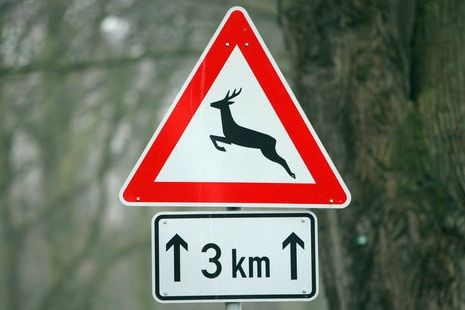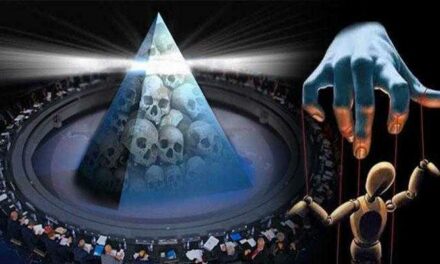I press the gas, the machine grumbles, the four wheels eat its way - Zorán sings in one of his songs - but it doesn't matter where we press the gas. After all, even on the highway, you can't just step on the gas - up to the permitted speed limit - like a fool.
It just so happened that a week ago, my friend was heading towards Pest on the M7, at a speed of 110, when he somehow jumped in front of a deer. Fortunately, he was not hurt, the car was pretty much broken, the service center didn't do much good, lack of parts, etc.
Let's not get too involved, but how does the deer get on the highway? The highway is a closed area, I pay to get to my destination faster, in exchange for the risk factors such as railway crossings, road crossings, cyclists, wild animals, etc. banished from the highway. At least that's what we think, but it's not.
In the past few days, I went on the M7 myself, and all the way to Balaton the signs indicating the danger of wild animals appeared one after the other, supplemented at the bottom for 5, 7, 8 kilometers. Of course also on the way home. Well, how fast should I go now? If I bump at 30-50, I will cause a mass accident, and I might even be fined for holding up traffic. And if I go faster than the signs indicating the danger of wildlife, there is no chance of avoiding a more serious accident.
Of course, judging the quality of the built wildlife fence is not my competence, but it is conceivable that it has been like this ever since the M7 was built. And the Magyar Közút - to prevent legal procedures - put up wildlife danger signs. This is another Hungarian specialty, you could say hungaricum. And the driver should play double or nothing, because as we know, there is no risk without risk! But the reverse is also true.
The editor: On the website of the MABISZ, you can read how to interpret the warning on the "Wildlife danger" sign and what the choice of the applicable speed, which means "due caution", can mean:
"The sign warning about the danger of wild animals means that the driver of the vehicle must choose the speed of the vehicle in such a way that he can avoid a collision even if the wild animal suddenly appears. This can even mean a very slow speed of 20 km/h in the evening, in an unlit forest area that is frequently visited by wild animals."
Oh well! According to them, I should drive on the M7 in the evening at the same speed (if I don't want to be burdened with the costs of a wild animal collision, or if I don't want to risk a fatal accident) as on a dirt road. With some exaggeration: we managed to build a 2×2 lane dirt road between Budapest and Lake Balaton out of hundreds of billions, which is covered in concrete. Great!
I understand that it is simpler (and cheaper) to put up signs instead of repairing the wildlife protection fence, thereby transferring the responsibility to motorists, but if this is the way it is, it can be further developed. Is the road potholed? To prevent it from being fixed, it costs a lot of money, it is enough to put up warning signs. Risk of rock fall? You don't need an expensive protective net, the board is enough. Is a bridge dangerous for accidents or life? It's okay if there is a warning sign for this...
As Uncle Besenyő Pista would say: Nooooooooo normal?
We look forward to hearing how Magyar Közút explains the M7 Wildlife Danger signs...













